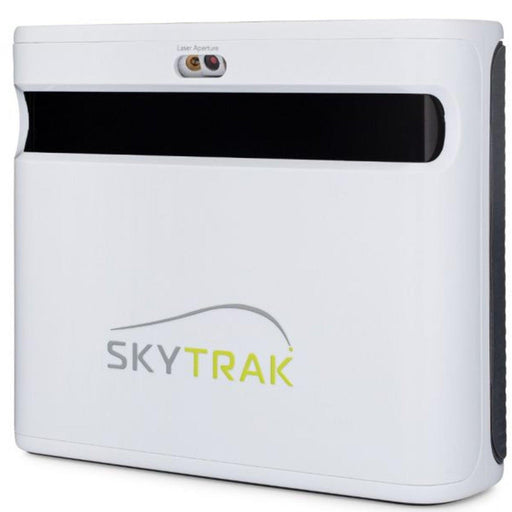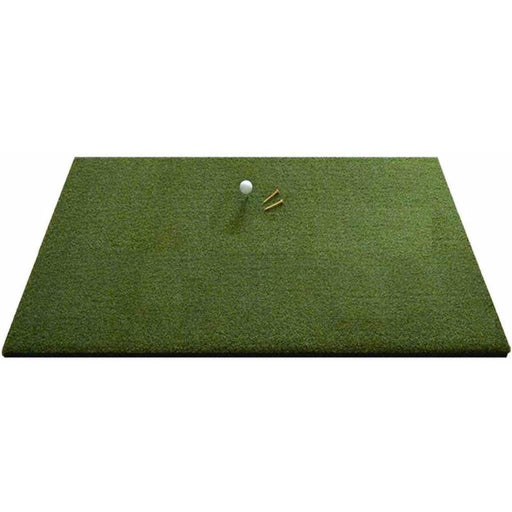
Evolution of Golf Launch Monitors
A Journey from Tradition to Technology
Golf, a sport deeply rooted in tradition and history, has seen a remarkable transformation over the years. One significant evolution in the game has been the integration of technology, and golf launch monitors stand out as a prime example. From humble beginnings to becoming an indispensable tool for golfers of all levels, the history of golf launch monitors is a fascinating journey that showcases the intersection of tradition and innovation.
The Early Years: Traditional Methods
Before the advent of launch monitors, golfers relied on more conventional methods to assess their shots. Coaches and players primarily relied on observational skills, experience, and, at times, subjective measures to evaluate performance. Golfers honed their skills through trial and error, adjusting their swings based on the flight of the ball and the overall feel of the shot.
However, this traditional approach had its limitations. It lacked the precision and objectivity that modern golfers have come to expect. The need for more accurate data to analyze swings and optimize performance paved the way for the development of golf launch monitors.
Emergence of Radar Technology
The first significant leap in golf technology came with the introduction of radar-based launch monitors. These devices utilized radar technology to track the ball's trajectory, measuring crucial parameters such as ball speed, launch angle, and spin rate. The radar-based systems provided golfers with more accurate and objective data, allowing for a deeper understanding of their swing mechanics.
One of the pioneering companies in this space was FlightScope, founded in the early 2000s. FlightScope's radar-based launch monitors gained popularity among golf professionals and enthusiasts alike, offering a new level of insight into the intricacies of the golf swing.
The Transition to Camera-Based Systems
While radar-based systems marked a significant advancement, golf technology continued to evolve. The next major breakthrough came with the introduction of camera-based launch monitors. Companies like TrackMan and Foresight Sports led the way in developing systems that utilized high-speed cameras to capture detailed information about the golf ball's movement.
Camera-based systems provided a more comprehensive analysis of the entire trajectory of the ball, including its flight through the air and its behavior upon landing. This allowed golfers to delve even deeper into the nuances of their performance, identifying areas for improvement with unprecedented precision.
Integration of 3D Motion Analysis
As technology continued to progress, launch monitors evolved beyond merely tracking the ball. The integration of 3D motion analysis became a game-changer in understanding the golfer's body movements and their impact on the swing. Systems like K-MOTION and Swinguru introduced sensors and cameras that tracked a golfer's body in three dimensions, providing a holistic view of the entire swing sequence.
This shift toward motion analysis empowered golfers to refine their technique by addressing specific aspects of their body mechanics. Coaches could now offer targeted guidance based on data-driven insights, fostering a more personalized and effective approach to skill development.
Accessibility for All
In the early stages of their development, golf launch monitors were primarily accessible to professional golfers and elite players due to their high cost. However, as technology matured and market demand increased, more affordable and user-friendly options became available.
Portable launch monitors, such as those offered by Rapsodo and Voice Caddie, entered the market, making it possible for recreational golfers to access valuable performance data. These compact devices utilized smartphone applications to display real-time metrics, democratizing the benefits of launch monitor technology.
The Rise of Smart Coaching
In recent years, golf launch monitors have become integral to the concept of smart coaching. Advanced systems, like those offered by Garmin and Arccos, not only provide real-time data during practice sessions but also offer post-session analysis and personalized coaching recommendations.
These smart coaching systems leverage artificial intelligence and machine learning algorithms to analyze vast amounts of data, identifying patterns and trends in a golfer's performance. This level of sophistication enables golfers to receive tailored insights, training programs, and improvement plans, ushering in a new era of data-driven coaching.
Tradition and Innovation
The history of golf launch monitors is a testament to the sport's ability to embrace innovation while preserving its rich traditions. From the early days of subjective assessments to the precision of radar and camera-based systems, golf technology has come a long way. Today, launch monitors are not just tools for professionals; they are accessible to golfers of all levels, contributing to a more informed and analytical approach to the game.
As we look to the future, the integration of artificial intelligence and smart coaching capabilities will likely continue to shape the landscape of golf technology. The marriage of tradition and technology in the world of golf launch monitors exemplifies the sport's enduring commitment to improvement and excellence. Whether you're a seasoned pro or a weekend warrior, the journey of golf's technological evolution is one that enhances the game and enriches the experience for all who step onto the fairway.
Top of Form

Have Questions About Golf Simulators?
Our expert team is here to help you find the perfect golf simulator for your needs.
Featured products
-
SkyTrak+
Original price $2,995.00 - Original price $3,145.00Original price$2,995.00 - $3,145.00$2,995.00 - $3,145.00Current price $2,995.00Introducing the SkyTrak+ Launch Monitor: Unmatched Accuracy and Advanced Features Experience a new level of precision and innovation with the SkyTr...
View full details -
ProTee Majestic Simulator Package
Original price $9,618.00 - Original price $13,848.00Original price$9,618.00 - $13,848.00$9,618.00 - $13,848.00Current price $9,618.00ProTee Majestic Golf Simulator Package: Elevate Your Indoor Golf Experience Transform your home or business into a golfer’s dream with the ProTee M...
View full details -
Eagle Golf Mat
Original price $370.00 - Original price $1,130.00Original price $370.00$370.00$370.00 - $1,130.00Current price $370.00Introducing the Eagle Golf Mat: The Ultimate Golf Experience Are you passionate about golf and demand nothing but the very best in your practice eq...
View full details -
Retractable HomeCourse® Golf ProScreen 180
Original price $2,299.00Original price $2,299.00 - Original price $2,299.00Original price $2,299.00Current price $1,999.00$1,999.00 - $1,999.00Current price $1,999.00HomeCourse® Golf ProScreen 180 HomeCourse® Golf ProScreen 180 is a retractable golf screen and enclosure. HomeCourse® Golf ProScreen 180's ballisti...
View full details -
The Augusta V2 4'x12' 2 Cups
Original price $399.00Original price $399.00 - Original price $399.00Original price $399.00Current price $329.00$329.00 - $329.00Current price $329.00The Augusta is one of Big Moss’ traditional models. It offers unmatched versatility for teaching and year round practice. Make a long-term investme...
View full details





